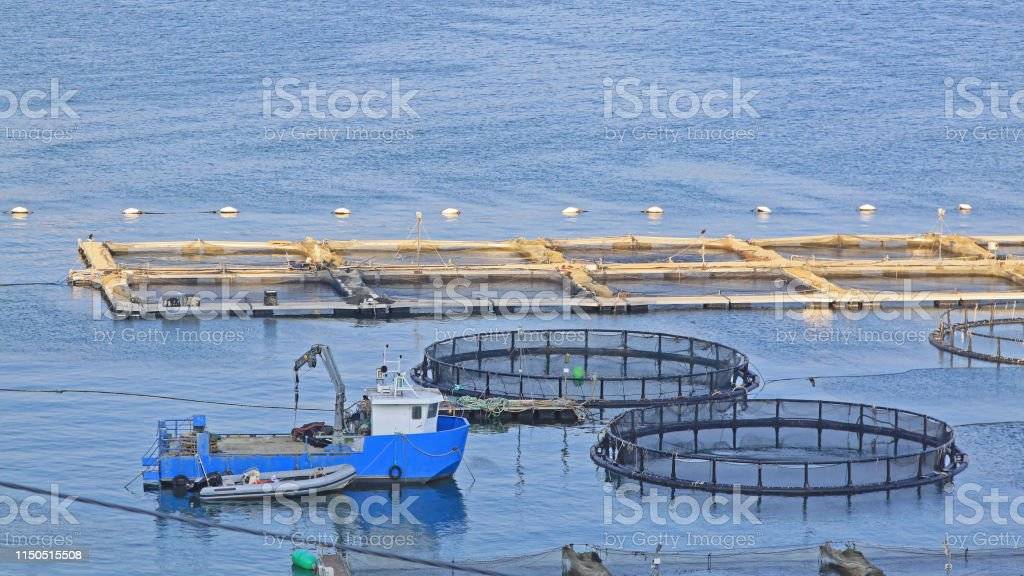Introduction:
Fish farming, also known as aquaculture, is an increasingly
important industry that plays a vital role in meeting the growing demand for
seafood worldwide. However, the intricacies of fish farming can seem complex
and daunting to those unfamiliar with the industry. In this blog post, we aim
to decode the fish farming business, simplifying its concepts and processes for
everyday understanding. By demystifying this industry, we hope to shed light on
the benefits, challenges, and potential of fish farming as a sustainable food
production method.
Understanding Fish Farming: The Basics
Fish farming involves the cultivation of fish in controlled
environments such as ponds, tanks, or ocean pens. It aims to produce fish for
consumption while minimizing the impact on natural fish populations and the
environment. By controlling various factors such as water quality, feeding
practices, and disease prevention, fish farmers can create optimal conditions
for fish growth and health.
Sustainable Seafood Production: Addressing Global Food
Security
Fish farming plays a crucial role in addressing global food
security challenges. By providing a consistent and controlled supply of
seafood, fish farming reduces dependence on wild fish stocks, which are often
overexploited. Sustainable fish farming practices help meet the growing demand
for seafood while minimizing the impact on ecosystems and promoting the
preservation of natural fish populations.
Benefits of Fish Farming: Environmental and Economic
Perspectives
a. Resource Efficiency: Fish farming allows for efficient
utilization of resources. Compared to traditional fishing methods, aquaculture
requires less water, land, and energy to produce the same amount of fish,
making it more environmentally sustainable.
b. Economic Growth and Employment: Fish farming creates
economic opportunities, particularly in coastal regions and rural areas. It
supports job creation, local economies, and stimulates trade in seafood
products.
c. Quality Control and Traceability: Fish farming enables
rigorous quality control throughout the production process, ensuring that
consumers have access to safe and high-quality seafood. Furthermore,
traceability systems provide transparency and accountability, allowing
consumers to make informed choices about the origin and sustainability of the
fish they consume.
Challenges and Mitigation Strategies
While fish farming offers numerous benefits, it also faces
challenges that must be addressed for sustainable and responsible operations:
a. Environmental Impact: Poorly managed fish farms can
contribute to water pollution, habitat degradation, and disease outbreaks.
Mitigation strategies involve implementing proper waste management systems,
monitoring water quality, and using responsible feed and medication practices.
b. Disease Management: Disease outbreaks can occur in fish
farms, leading to significant economic losses. Prevention and control measures
involve regular health assessments, proper quarantine procedures, and
implementing biosecurity protocols.
c. Feed Sustainability: The sourcing of fish feed, often
made from wild fish or agricultural crops, poses sustainability challenges.
Promoting alternative feed sources, such as plant-based or insect-based feeds,
can reduce the reliance on wild fish stocks.
Innovations and Future Prospects
The fish farming industry continues to evolve, driven by
technological advancements and sustainable practices. Key innovations include:
a. Recirculating Aquaculture Systems (RAS): RAS technology
enables efficient water and waste management, allowing fish to be grown in
closed, controlled systems.
b. Integrated Multi-Trophic Aquaculture (IMTA): IMTA
combines the cultivation of multiple species to create a symbiotic relationship,
where the waste products of one species become nutrients for another. This
promotes ecological balance and reduces environmental impact.
c. Genetic Improvements: Selective breeding and genetic
research are enhancing the growth rates, disease resistance, and overall
quality of farmed fish, contributing to the industry's long-term
sustainability.
Conclusion:
Decoding the fish farming business helps demystify its
complexities, highlighting its importance as a sustainable method of seafood
production. By understanding the basics, benefits, challenges, and future
prospects of fish farming, we can appreciate its role in addressing global food
security while minimizing environmental impact. With responsible practices,
technological advancements, and continued innovation, fish farming can
contribute to a more sustainable and resilient future, providing a consistent
supply of high-quality seafood for generations to come.


